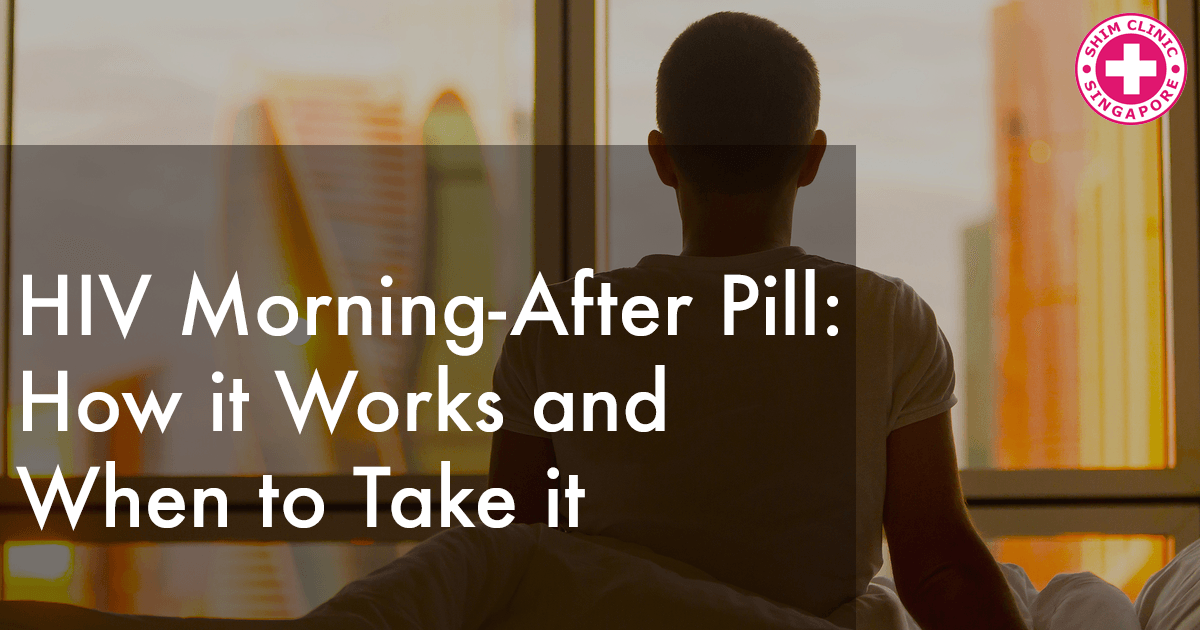The cure for HIV/AIDS may be proving elusive but the good news is that there’s at least a preventive measure available. This is indeed a good thing. Besides condoms, use of clean needles and rampant public education, we now have another proven method to keep HIV/AIDS at bay. Post-exposure prophylaxis popularly known as HIV PEP medication or the HIV morning-after pill is helping to remarkably reduce the risk of contracting HIV, especially when taken soon after exposure.
Though highly effective, HIV PEP is not being used as medics would hope it would be. The uptake hasn’t been impressive and even for those using it a majority are using it wrong.
Here’s everything you need to know about PEP to keep yourself and your loved ones protected.
To be Taken Within 72 of Exposure
PEP is an antiretroviral therapy (ART) supposed to be taken after exposed to HIV to prevent the victim from getting infected. For maximum efficacy, PEP must be taken within 72 hours after a recent exposure to HIV. The sooner you start, the better the results. If you believe that you’ve been exposed to HIV through unprotected sex, shared needles, partners of HIV-positive individuals, or through sexual assault, go to the nearest health facility immediately to get the therapy. PEP is, however, to be used for emergency situations only, and should not be the everyday means of protection against the virus.
Once you get started on PEP, you’ll be required to take it either once or twice every day for 28 days. The ART then works by boosting your immune system by stopping the virus from multiplying. HIV takes a few days for the virus to establish itself in your body after exposure. So when you take PEP soon after, the infected cells will not replicate and will instead die naturally.
Efficacy Affected by the Wrong Dosage
Even though PEP has been proven to be effective, efficacy rates are affected by patients not sticking to the right prescribed dosage and will not take it for the prescribed amount of time. In other cases, efficiency is affected when patients are infected with a strain of HIV immune to PEP. Sometimes the initial viral load exposed to the virus was too much for the drugs to work effectively.
You can get PEP from most public hospitals’ Emergency Department, any STD clinic. Emergency departments are the best place to go for PEP if the exposure happens ‘after hours’.
What to Expect when you Go for PEP
When you check into a facility and ask for PEP, you will be asked a series of questions by the healthcare provider to understand your exposure to HIV. They’ll ask about your knowledge of the other person’s HIV status, your sexual history and anything else that you might be worried about. They will also need to administer a HIV test and may also perform testing for other STDs as well.
The medical interview may feel intrusive but remember that the medics are simply trying to help you so be as honest and accurate giving this important information. This way, they will be able to access your situation and help you accordingly.
As scientist and people of interest continue to work towards finding a cure for HIV, let’s appreciate the fact that there’s already a working preventive measure. Should you find yourself exposed, get medical help immediately to stay protected. If you do experience any HIV symptoms like vomiting or genital sores, contact us immediately to get tested.

